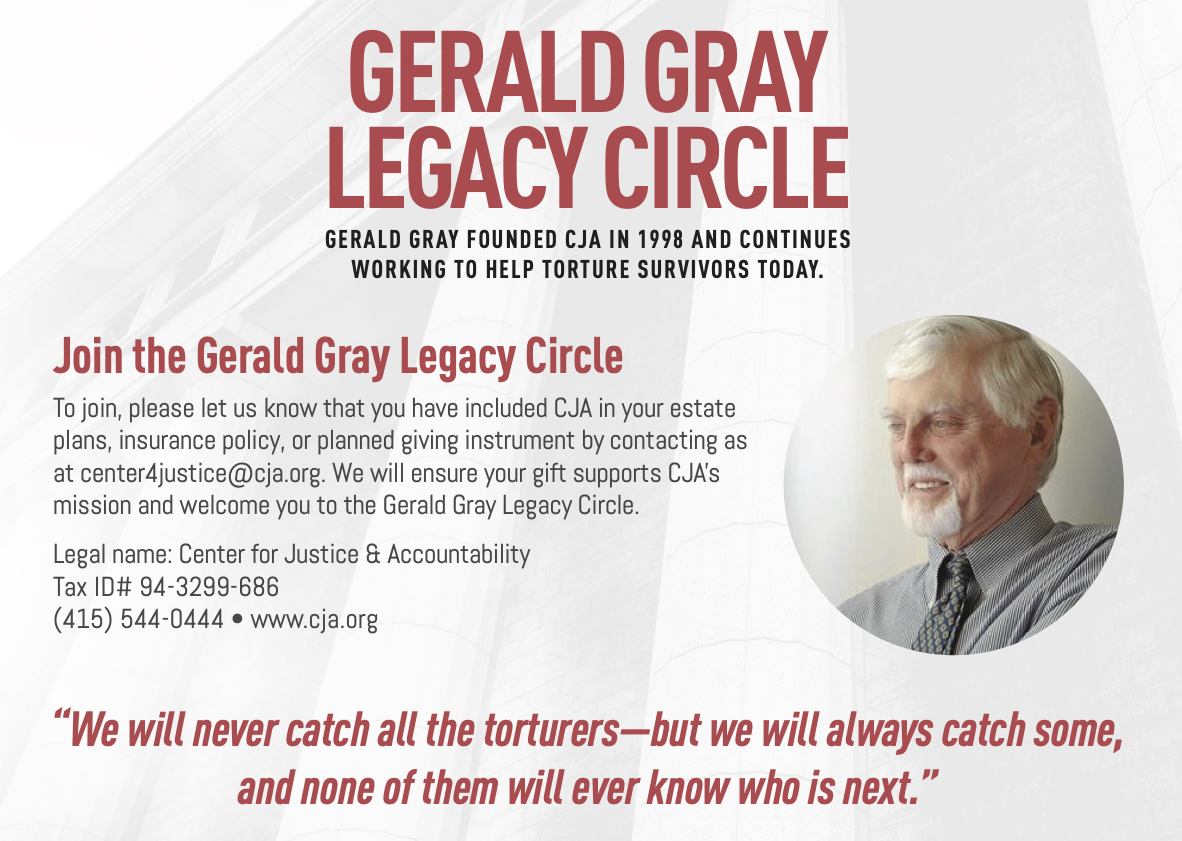IT IS FITTING that the first case brought by CJA for accountability for human rights abuses committed by a U.S. official should be against a psychologist. This may surprise—there are many choices up the chain of command. However, those of us who are psychotherapists to torture survivors know something the general public does not: that other psychologists have been involved in carrying out and designing cruel and abusive interrogation techniques that at times amounted to torture. Indeed, I founded CJA in part because I knew that psychologists were abusing their training in a perverse manner; that instead of heeding their ethical obligation to “do no harm,” they were actively designing programs intended to harm.
The particular skills and “usefulness” of psychologists are why the U.S. government has taken care to influence the American Psychological Association, while it has largely ignored the professional associations of related professionals, such as psychiatrists and doctors. It is not that doctors and other health professionals have not participated in torture—doctors, for instance, have kept prisoners alive for further torture. But it is the psychologists who have known the effects of isolation, sleep deprivation, repeated asphyxiation (waterboarding), sensory deprivation, red light cells, and so forth. Those are the methods of torture now, the ones that leave no physical marks. It is psychologists who know from The Stanford Prison Experiment that prison guards, if not supervised by outside sources such as the Red Cross, may easily resort to torture with increasing brutality, a process which also leaves no paper trail to command personnel.
Those who order torture and those who do it are certainly guilty. But those professionals who design it or encourage that design—are particularly so.
Gerald Gray, LCSW, MPH

Gerald Gray, a psychotherapist and licensed clinical social worker, founded CJA in 1998. His experience with torture survivors in private practice motivated him to found Survivors International, which was one of the first torture treatment centers in the country. He saw that organization’s first patient in 1990. While working at Survivors, he discovered the pervasive problem of torturers living in the U.S. This injustice spurred him to create CJA to provide legal redress to survivors of human rights violations. In 2001 he left CJA to direct a new torture treatment program in San Jose, the Center for Survivors of Torture, affiliated with Asian Americans for Community Involvement. He is now co-director of the Institute for Redress & Recovery at Santa Clara University.

